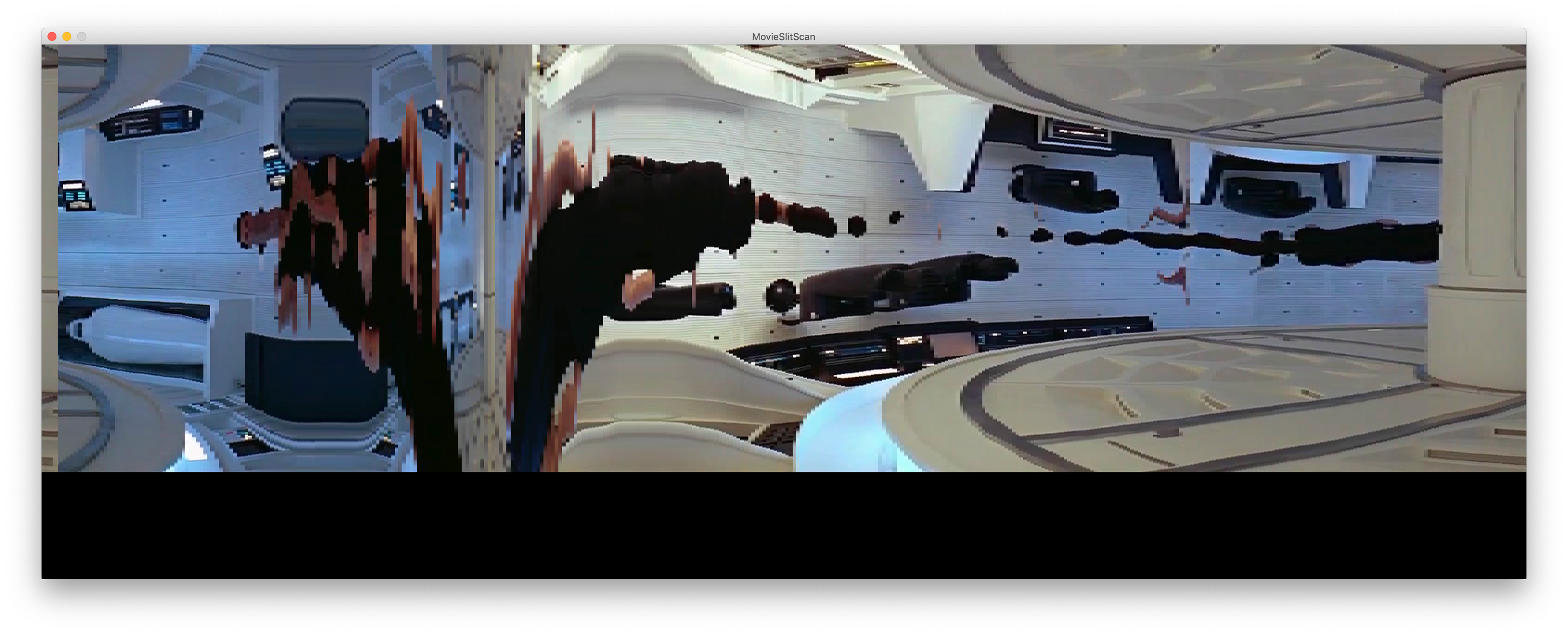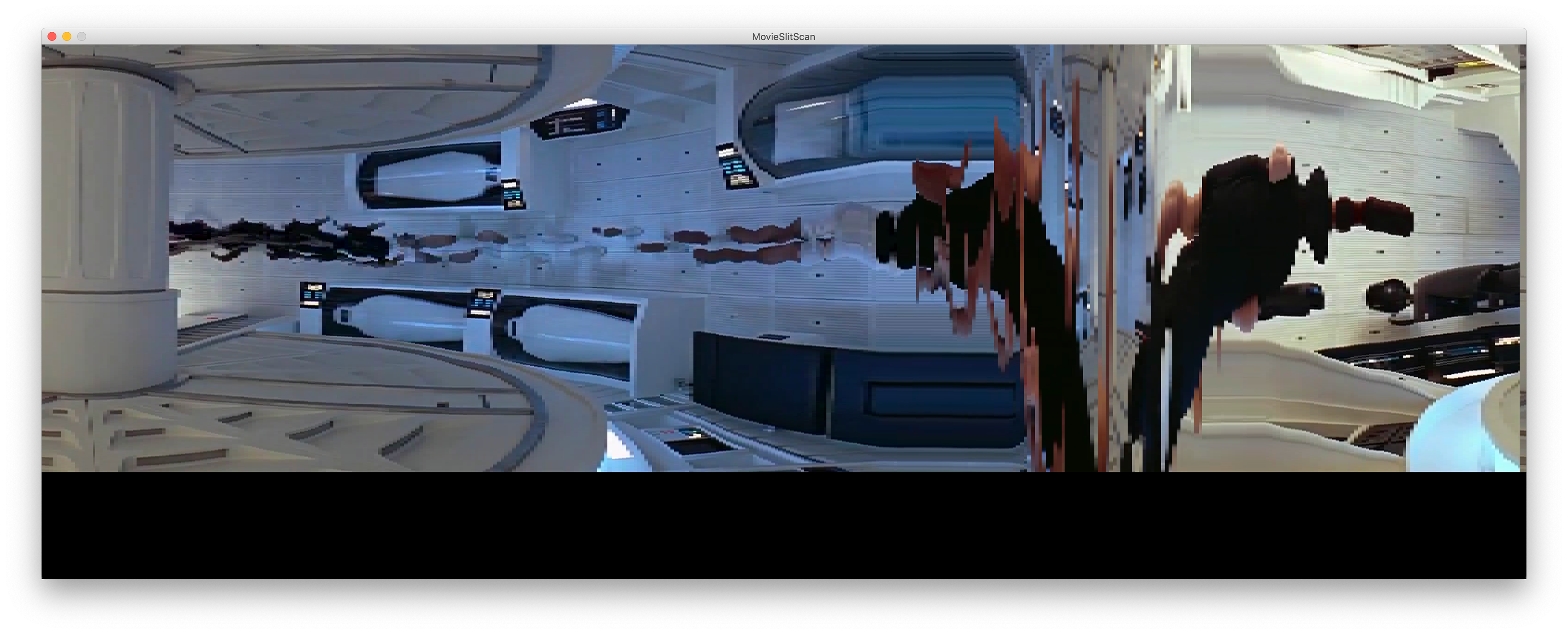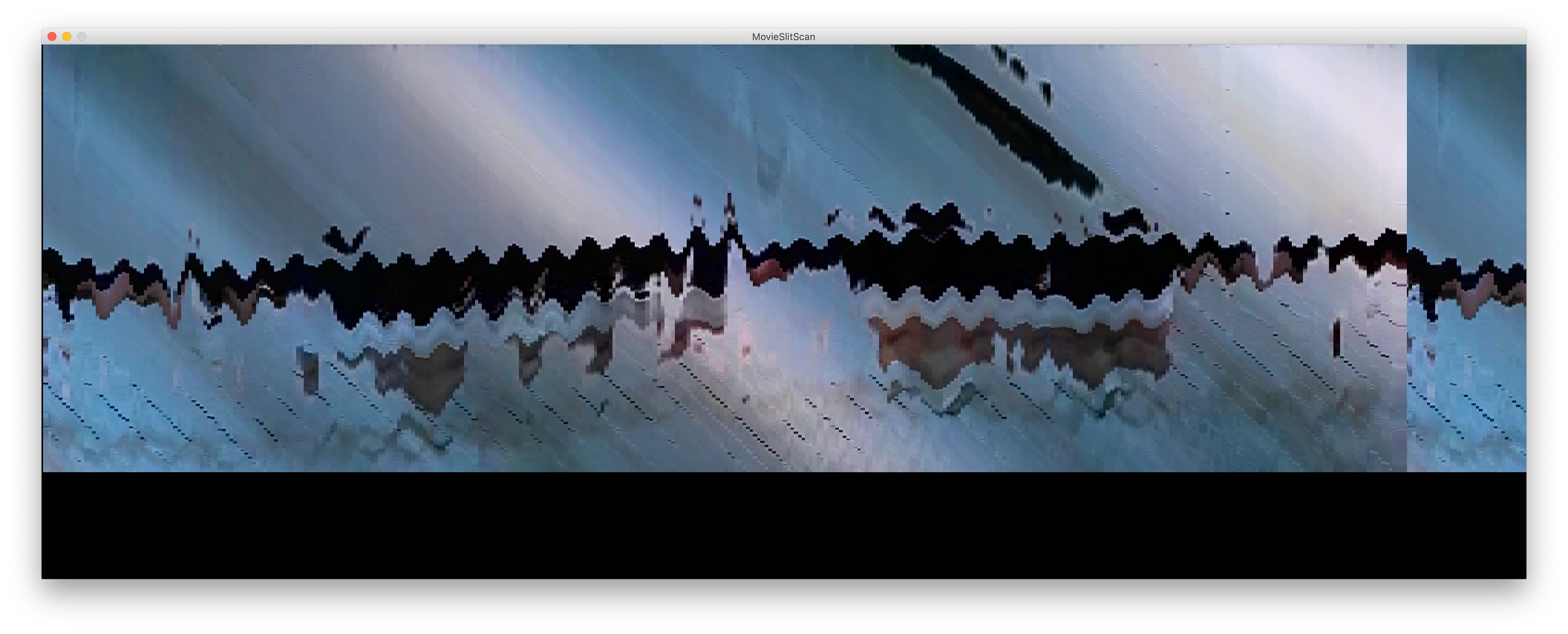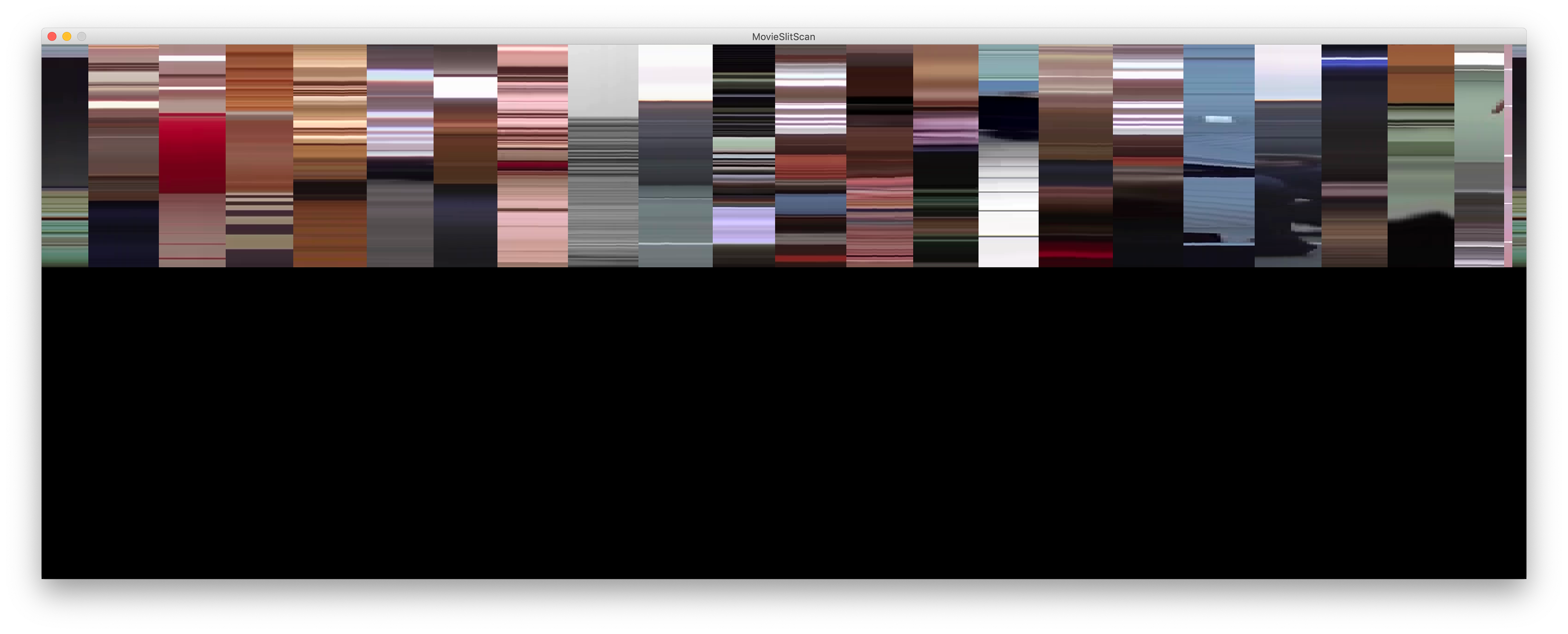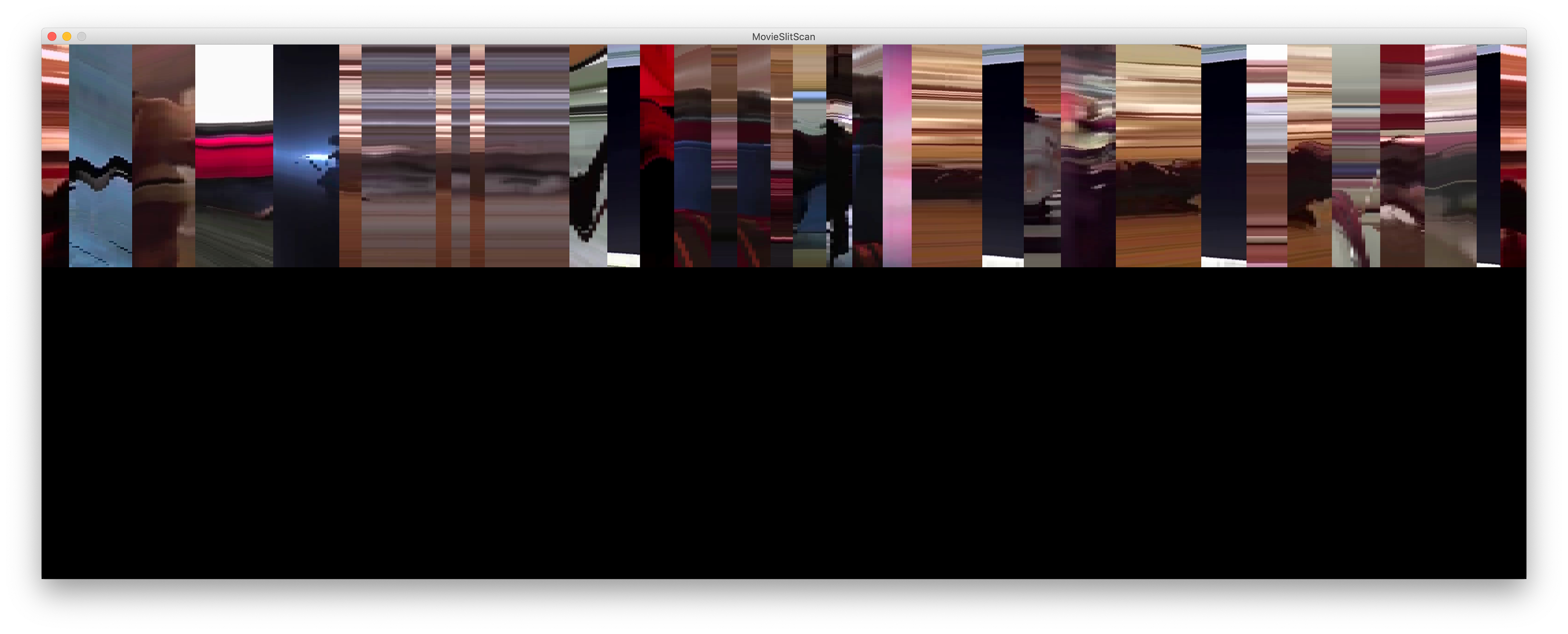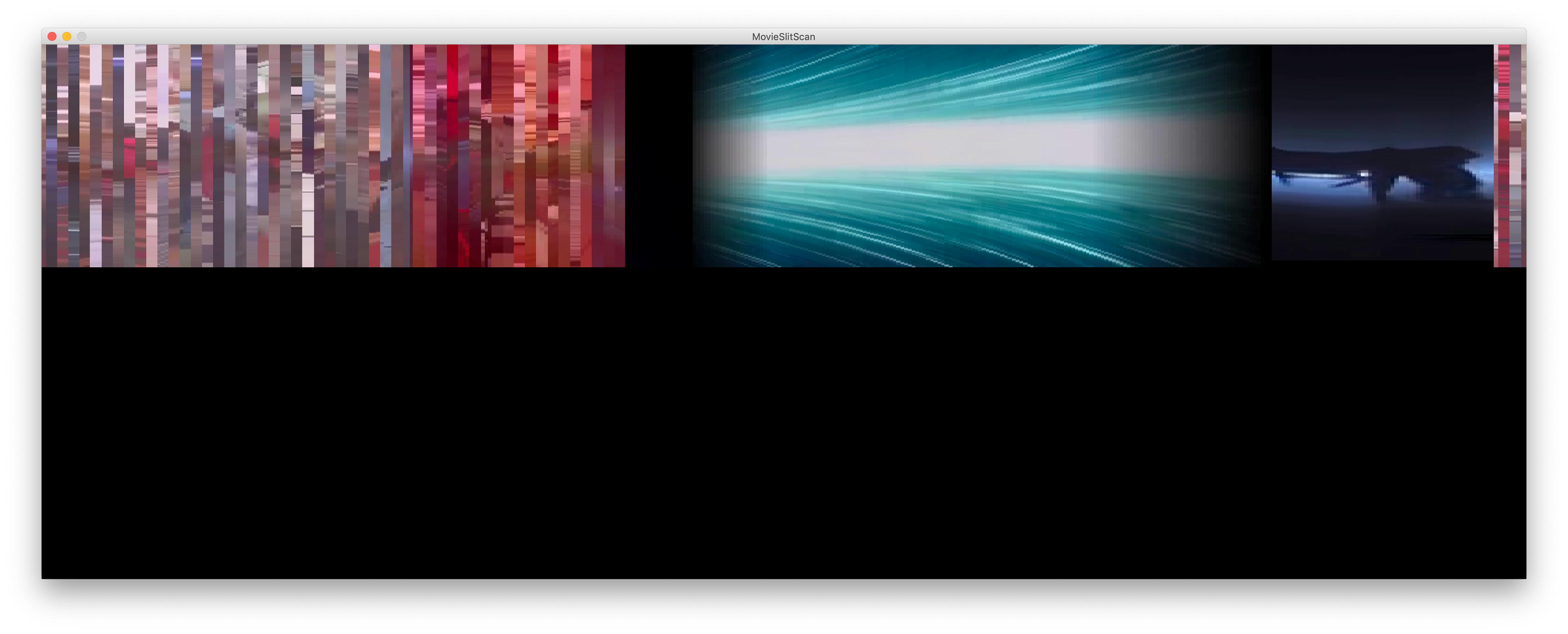Preparing for the group tutorial I tried to consider how I was going to condense these ideas into certain avenues for me to follow as this was a vast subject matter that I felt a little overwhelmed by.
I considered a few avenues to follow by breaking down elements important in folic story telling.
Text
Visual
Audio
Narrative
This made the most sense to me and allowed me to separate elements from one another. My main interest was in non-linear narratives inspired by Brendan Dawes’ work and altering something we are familiar with.
I was also interested in exploring colour within film and in particular sci-fi. Warm and cold tones in sci-fi tend to coincide importantly with the narrative as seen in Blade Runner 2049. Colour is used as a narrative tool and is interpreted by the audience. I came across this article which discusses the importance of colour theory in Blade Runner 2049.
By breaking down data of a moving image we are able to begin directing it and using it to create something new. I began to think about colour in film and the overall 'look' of a film as a creative choice. Brendan Dawes' work closely relates to this questioning. 'Cinema Redux' in particular uses film data to show the viewer the whole film all at once. A very interesting format to view a film. It makes us consume the imagery very differently than we would watching the film.
Yellow - used a source of information and enlightenment for the protagonist. Yellow is involved in the composition anytime a major plot point is revealed or something new is learned.
Orange - Is used as a warning sign for our protagonist. It can also be associated with transformation. It also being so close to yellow contains information and enlightenment.
Green - Convey’s life and vibrancy which is major to the entirety of the blade runner franchise. The idea of ‘life’ being explored and twisted to question our own morality and conscious.
Pink and Purple - Associated with extravagance, romance, futurism, ambiguity and most importantly harmlessness. These colours serve as a etherial break from the horrors we have seen so far. They are also used to bridge the gap between the cool and warm tones of the film overall.
White - Is used to convey a bleakness that our protagonist blends into. It provokes a loss of identity and personhood which is a relevant theme in our protagonists journey.
Colour can be such a powerful tool and can convey a variety of emotions and symbolisms. What if we altered the way we viewed these colours without the visual elements or sound. Would it change how we feel about what’s occurring - would we reflect on our own selves rather than the one portrayed on the screen.
I began to consider other films which colours can be seen to have convey similar themes to the audience. One being The Wizard of Oz - the yellow brick is the path to enlightenment and answers to Dorothy’s problems. Green/ The emerald city being a symbolism of vibrancy and living where there is no problems.
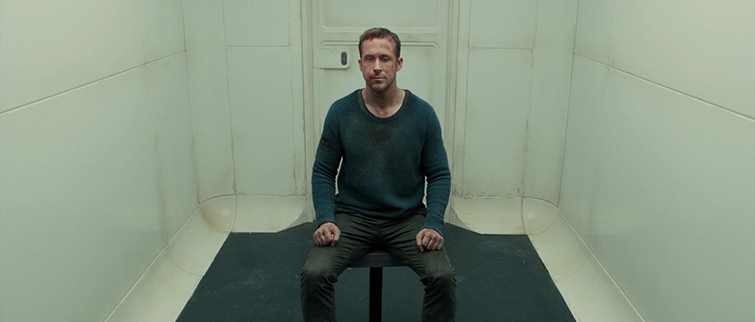


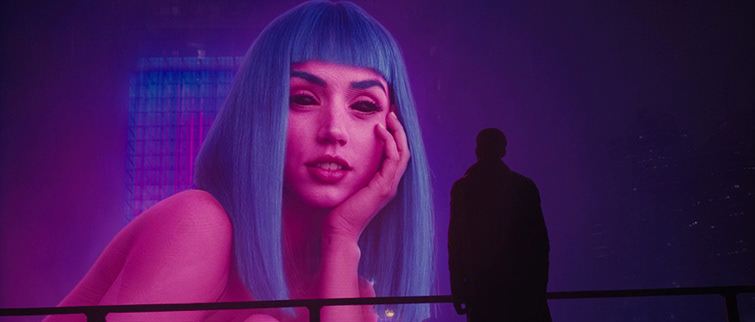

Whilst considering this approach to breaking down film I was reading Derek Jarman's 'Chroma: A Book of Colour', Where Jarman explores the use of colour and theories behind such uses. A happy accident I was currently reading this as it allowed me to briefly shift my focus to colour.
The similarities between Jarman's poetic writing reminded me of the information used to create the keyboard in 'Alien'. A very futuristic piece of technology was inspired by ancient, spiritual words.
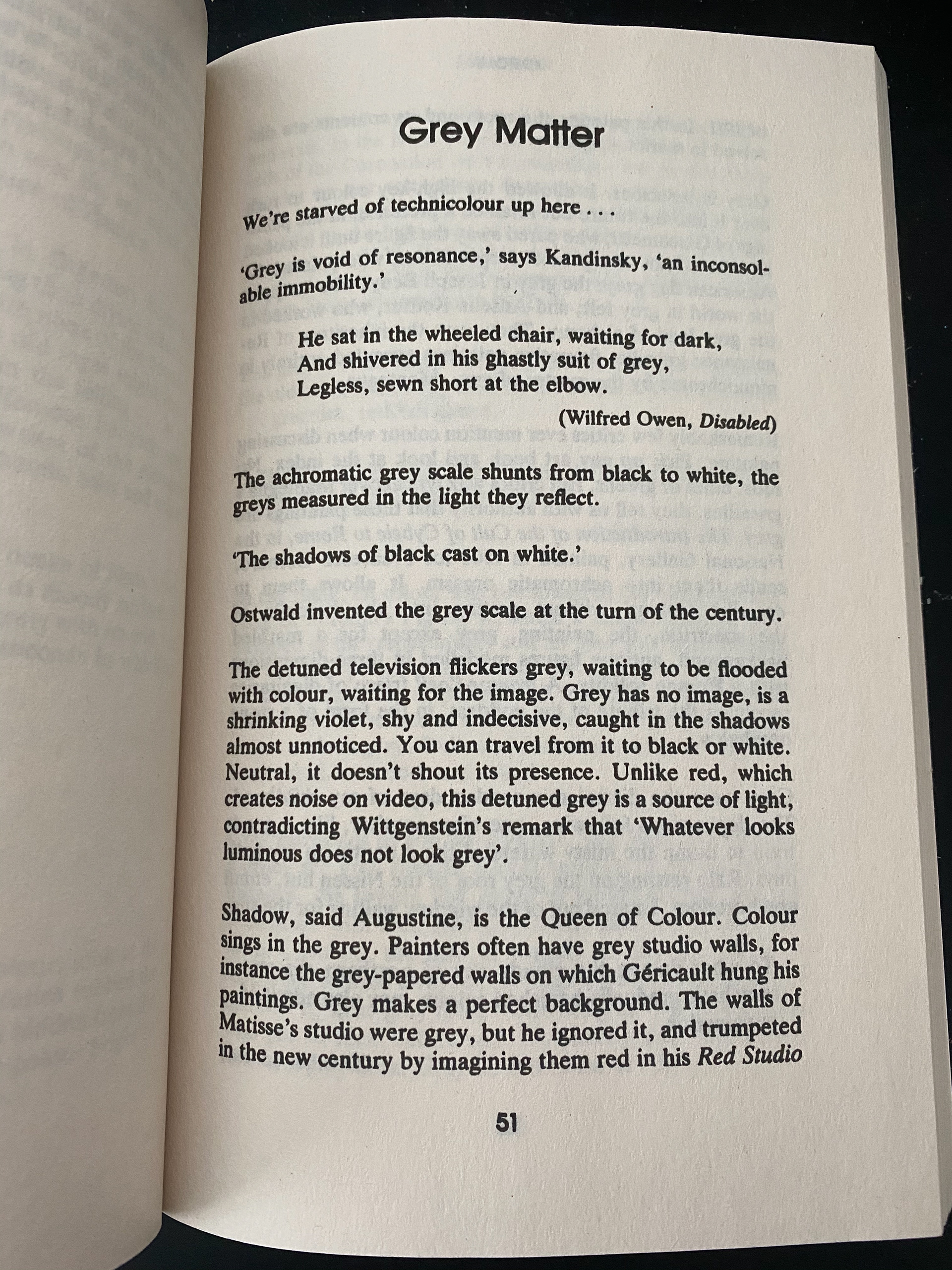

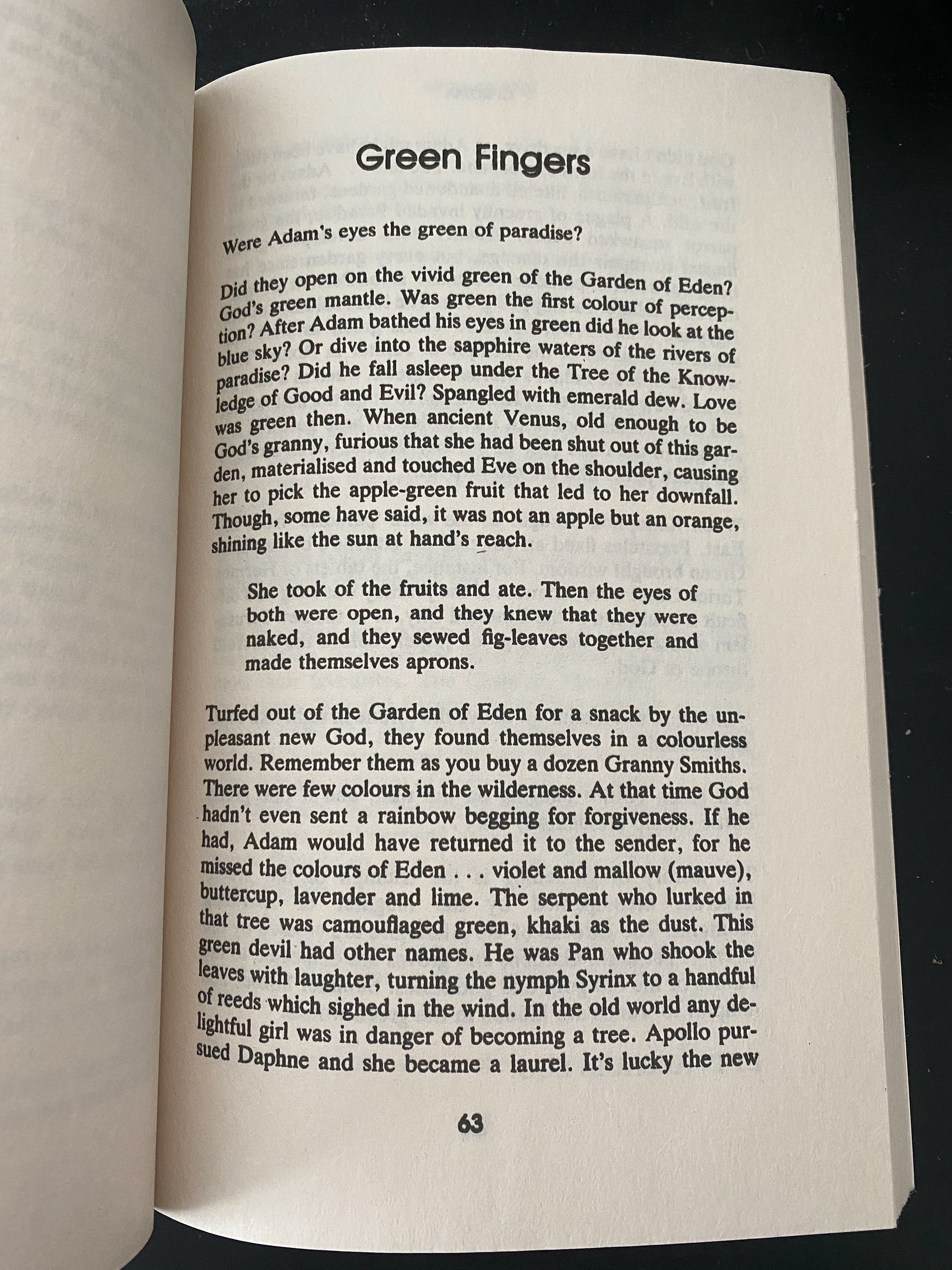
I thought about previous works I had done and was reminded of my work on Runway using particular genres of film. Breaking down the patterns in colour and composition of certain Action and Horror genres.
Thinking about a a less literal way to view information I began adapting the SlitScan processing example to run film clips through to give back abstract strips of colour.
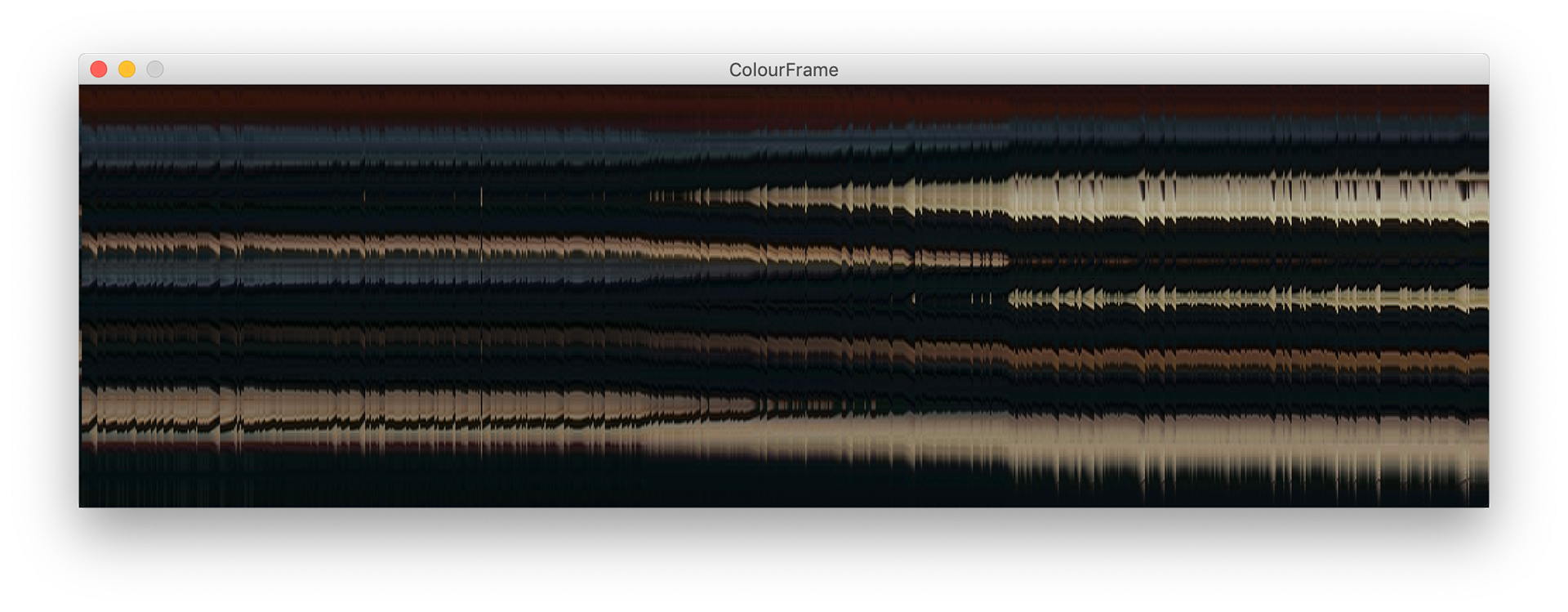
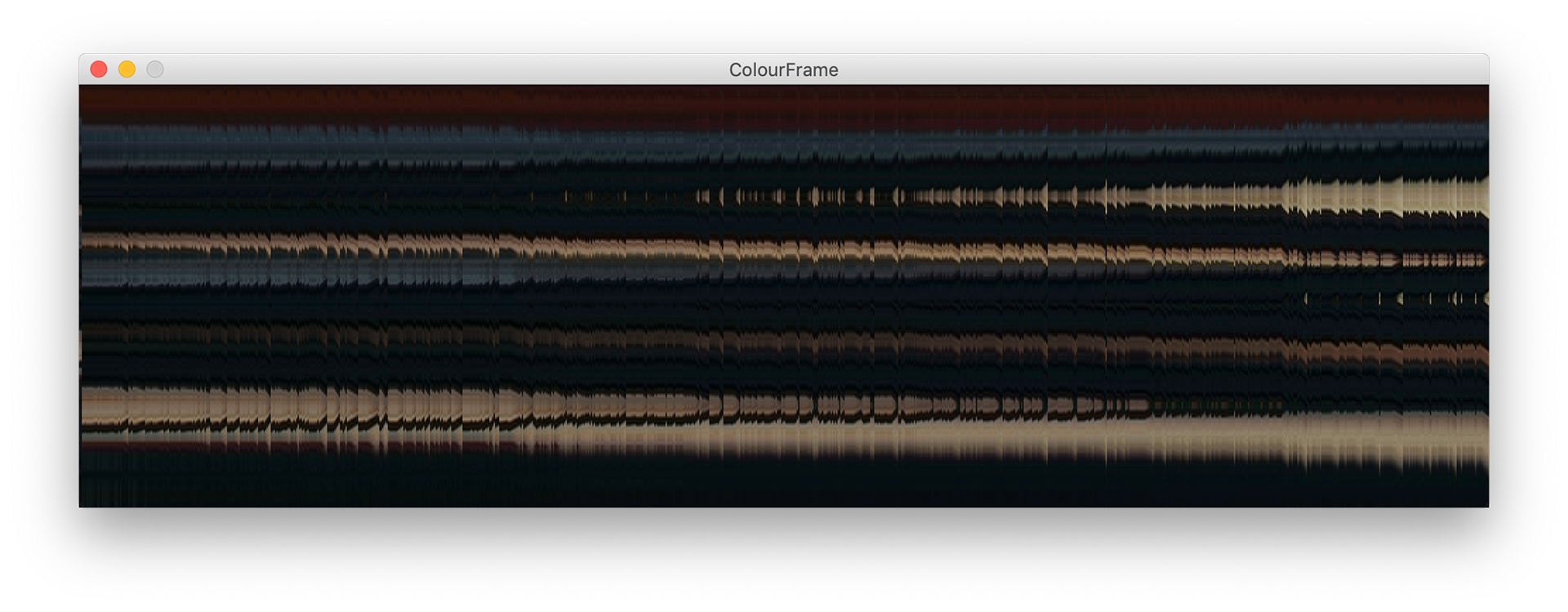



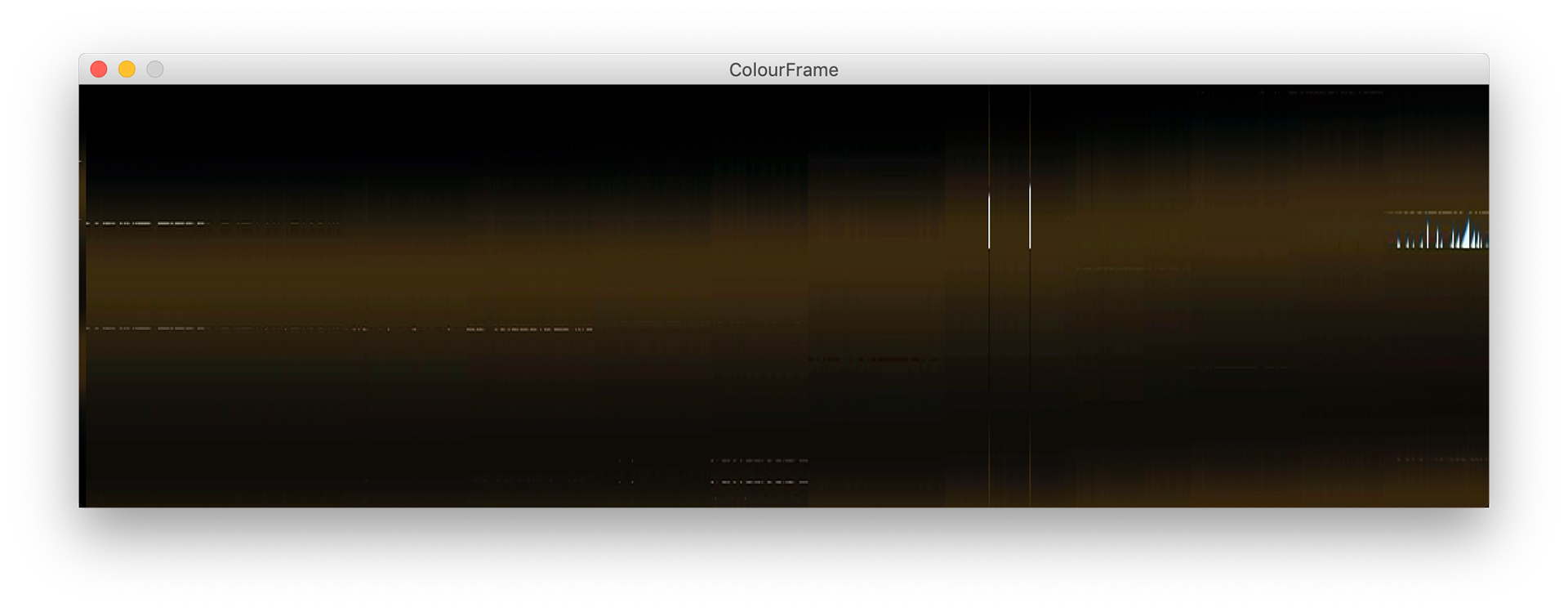
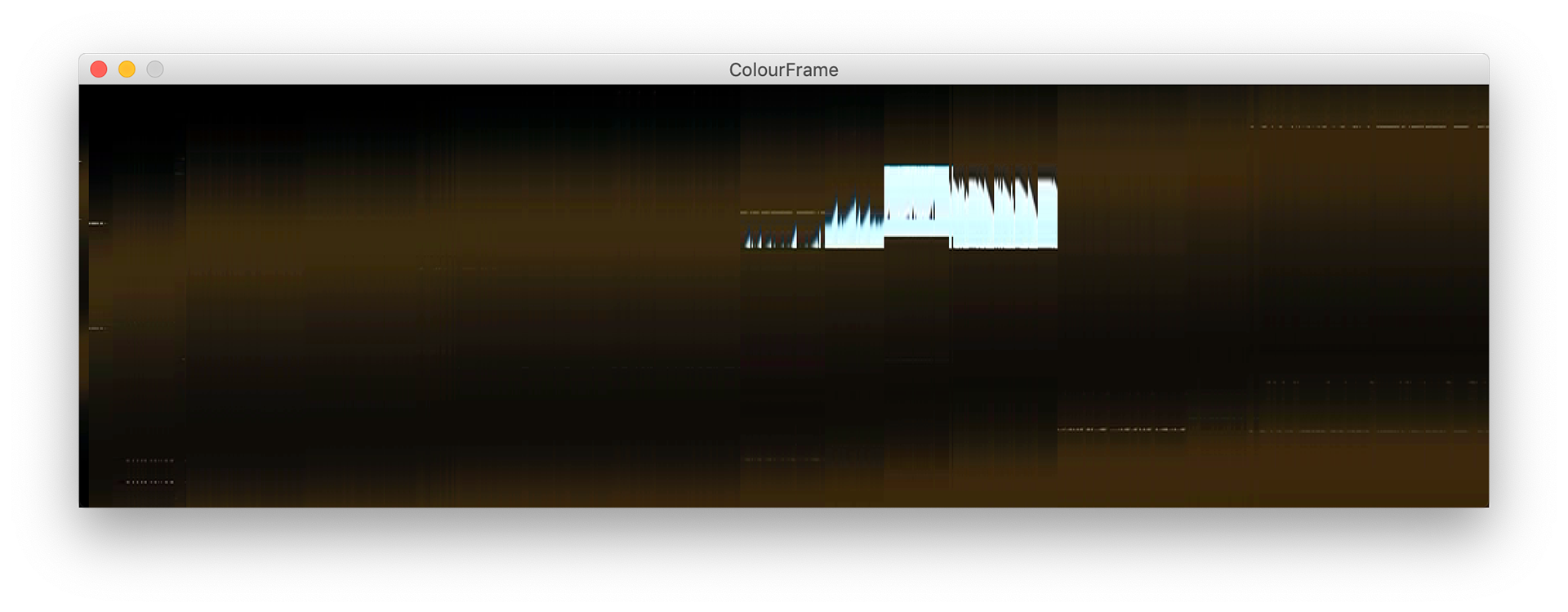
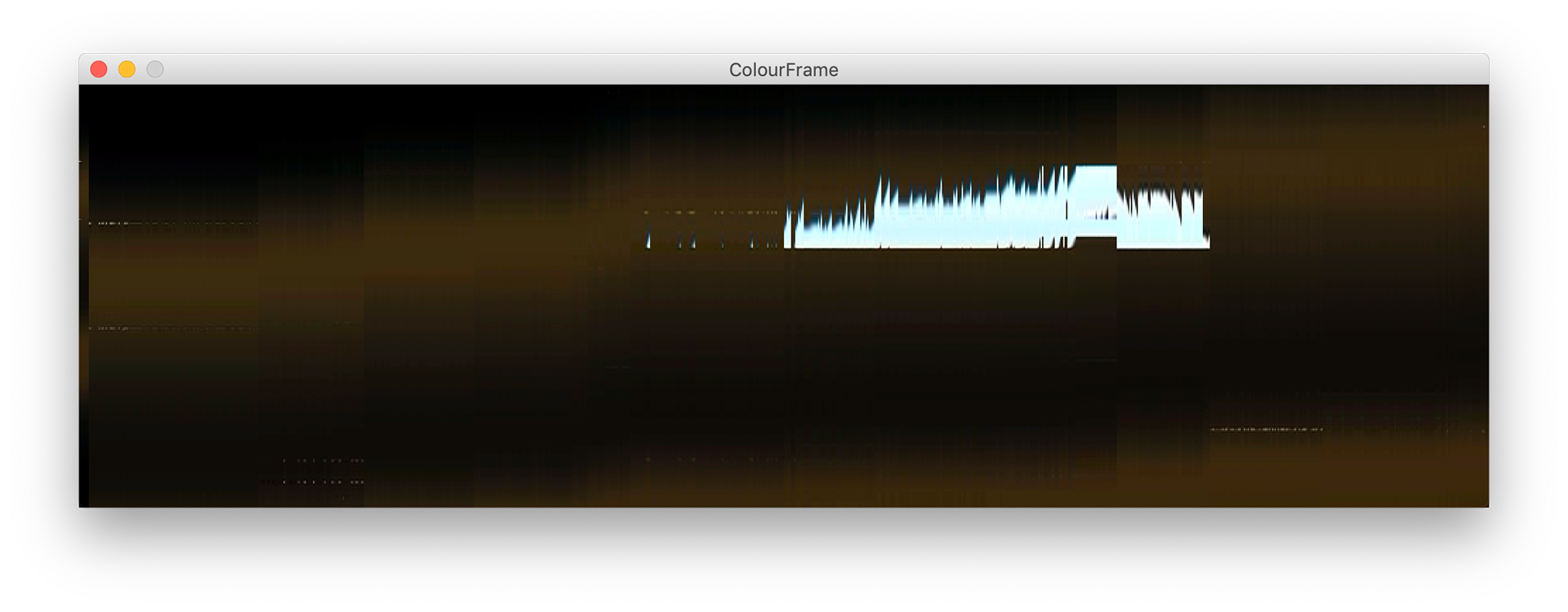
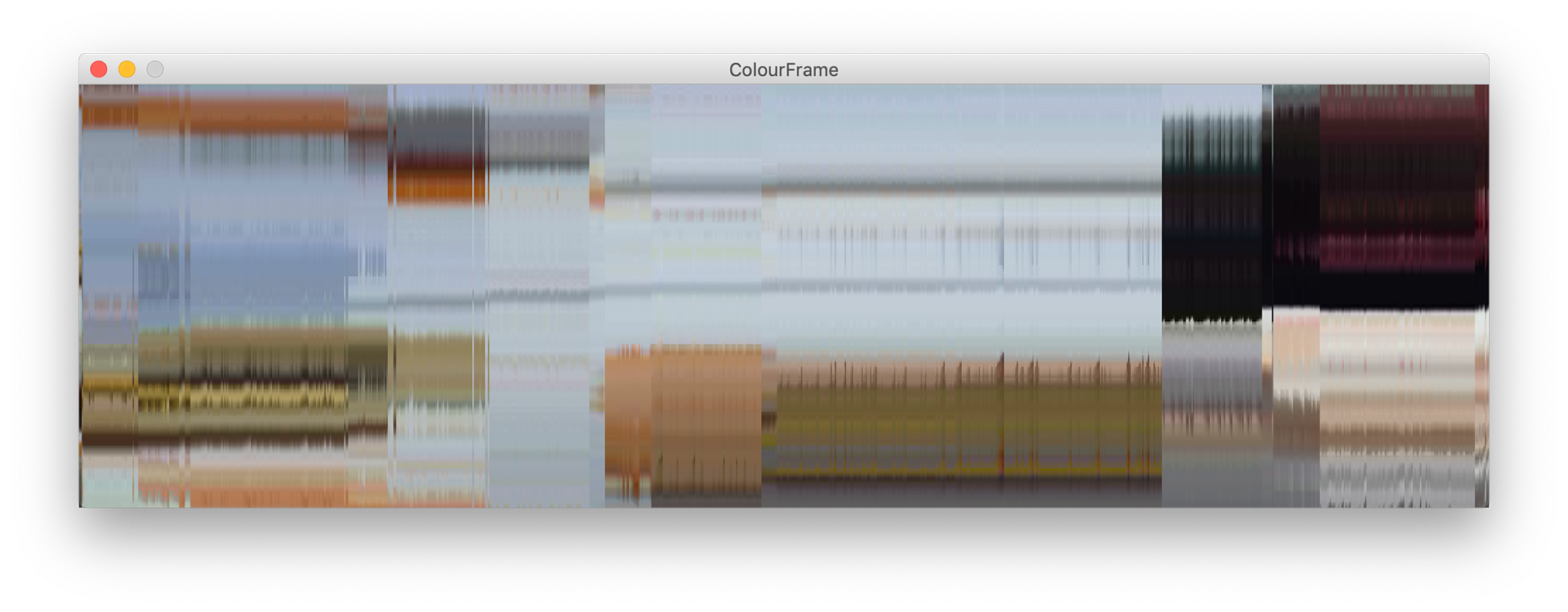

Again I referred to Brendan Dawes' Slit Scan work where he analysed Nicolas Roeg's 1973 film Don't Look Now. A small selection of some of the befittingly eerie images are shown here.
Slit Scan technique has been used in numerous Sci-fi films. It's primarily used to achieve a psychedelic, abstract sequence.
Douglas Trumbull, the industry pioneer behind the special effects of 2001: A Space Odyssey, Close Encounters of the Third Kind, and Blade Runner joins post-secondary students and faculty to discuss his remarkable career in visual effects and his own directorial projects. He discusses the slit scan technique he used in 2001.
I began experimenting with Slit Scan in Processing using Kubrick's 2001. I wanted to focus on movement within his iconic one point perspective shots. In particular the movement of people. I enjoyed the traces and documentation of movement these experiments gave me and I was very interested in progressing this idea of breaking down data of movement in these shots in a way.
